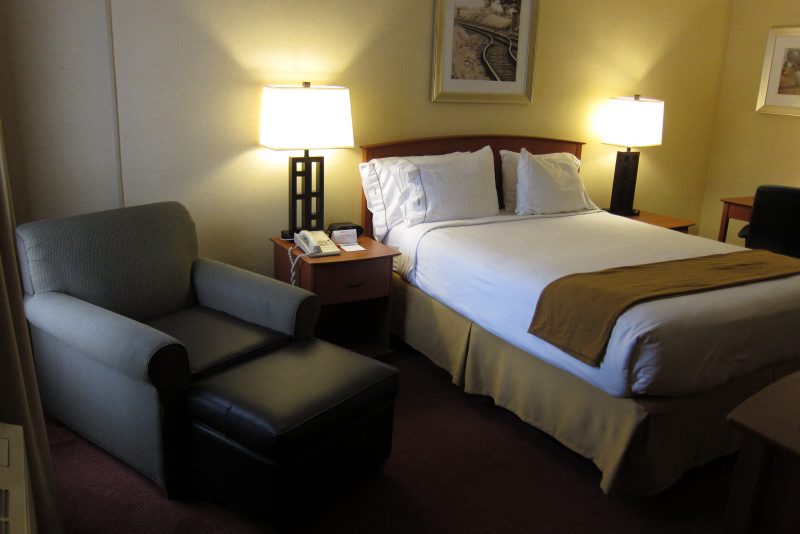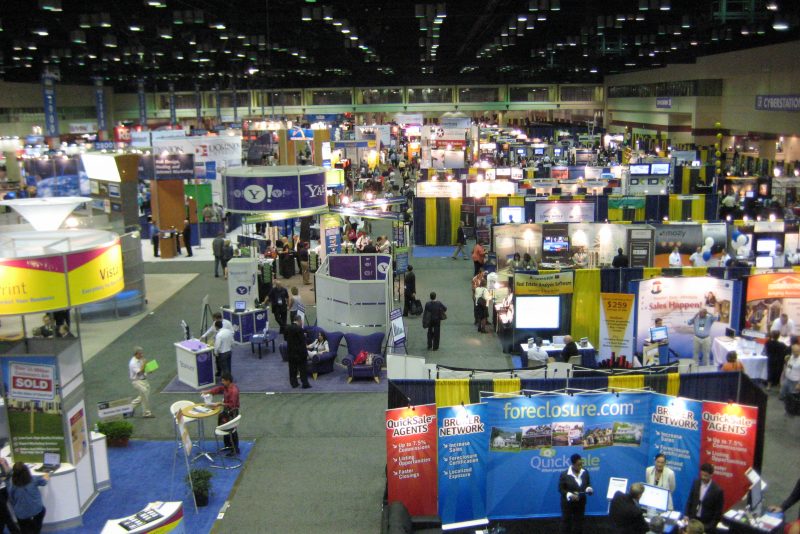I removed travel cup from the cupboard today and decanted my cup of coffee from the ceramic cup at home and set off for the office. It is a 30 – 40 minute commute on a good day and so taking a cup of coffee along for company is actually quite a common occurrence.
I have quite an inventory of travel cups at home, most of them are metal but there are a couple of non metal ones. Over the years my collection has grown as a result of vendor gifts, some direct purchases and gifts from friends and associates. My favourites tend to be the stainless steel ones with pop-on lids primarily because of the feel of a metal one over a plastic one. Most of the cups that had handles have since been discarded by me primarily because the lids and handles always seemed to be the screw on ones and never seemed to line up properly. After a while I discovered that this was because he ‘O’ ring or washer had disappeared or been lost and this resulted in the misalignment of handle to opening and sometimes the leaking.
The cup receptacles in my car support different diameters of cup but not the taller cups so that is a problem right there also. The cup I took today had a slight sloshing noise when I took it out of the cupboard which i half heartedly tried to diagnose. Before I did the decant I shook it vociferously to try and work out If it would easily leak. Dishwasher water didn’t show so it seemed ok. I looked at the rubber base, made a an attempt to pry it off, looked at the join between the inner casing and the outer shell and couldn’t easily discern a gap or easy separation point so left it at that. About mid-way to the office of my car journey and about ten coffee sips in, I realized that I had water stains on my trouser pant leg which was being caused by the trapped water now leaking out of the cup every time I tilted it – all very frustrating and potentially embarrassing! Fortunately the water was not the staining type but nonetheless my small coffee cup drama got me thinking about how many times things like this about design, frustrate me. I like my coffee mug, I’ll be more wary about sloshing noises next time, but since it is easy to keep clean and I like the pop lid and haven’t lost the ‘o’ ring on the lid, it will probably last me a few more years. I have another cup that doesn’t have an hole in the bottom so it doesn’t develop the same water retention problem, it does have a similar problem though. Since I wash my travel mugs in the dishwasher (against the manufacturer’s instructions) it sometimes develops moisture build up between the polycarbonate shell and the stainless steel insert. I think of this as a kind of greenhouse effect. Eventually this moisture will take its toll on the thread screw affixed to the base of the polycarbonate shell and I will have to get rid of it but until then, at least I can see if my cup has any significant moisture that will leak out of it or not.
I used to have a British Motor Corporation (BMC) Mini, which used to also develop a sloshing noise when rain water leaked into the door panels between the windows and rubber seals, in subsequent models this problem was neutralized by having holes drilled in the bottom of the door panels as drains, an aftermarket DIY approach to this also worked, or you could just let mother nature take her toll and rust the bottom out of the door panel.I had the same problem with a Datsun 1200, but the problem there was that the holes were too small. My dutch guttering on my house had scuppers that were installed in the 1960’s they have a two inch (+/- 5cm) diameter, when the wind blows the pine cones from the neighboring evergreen trees bounce onto my roof and get lodged in the scuppers and then the gutters don’t drain properly. When I had my roof redone, I had larger scuppers installed, the problem is still there but it is better, I could use mesh blockers but they don’t work well with pine needles so I don’t bother.
These design challenges all dovetail into my work challenges of the week past, understanding what will be acceptable UI design elements, what will be visually appealing representations and what will be easily understood by users of application software. A couple of weeks ago I received a long list of complaints/comments from an existing customer on the design element changes in a transaction automation product that has been in its current incarnation for a couple of years now. The customer concerned had recently upgraded to the newest version from a version two full versions older than the current generation.
The comments were interesting not only because they were exemplary of the sentiments of a customer but because it told me something about the way this particular customer uses the product, some of the complaints were quite valid but some were simply about him having to change his work practices. Time was, that renting a particular type of car for example, would be very frustrating as you tried to work out which column switches operated the lights and which ones operated the indicators and the windshield wipers – I recall frequently switching on the wipers when trying to change lanes. I don’t drive rental cars that much anymore but I am pretty sure that it is still a problem, European cars, Japanese cars and American cars don’t all have these basic controls in the same place – there isn’t really a ‘standard’ way to do this. When you combine the controls with the driving on different sides of the road, it becomes even more interesting, perhaps logically it doesnt’ matter which side of the car the steering is on, the controls should always be the same. Some new american cars have the window controls on the central console and not in the door panels, it takes a while to get use to these kinds of design nuances.
Consider the icons on the automobile console dash. The gas, windshield wipers and lights are fairly straightforward but what about the oilcan and temperature gauge icons, the slightly more geriatric of us, recall the days of bulb thermometers and perhaps the oilcan but do today’s generation of new motorists comprehend the meaning of this things?
The hieroglyph that becomes the application icon can be incredibly difficult to interpret for a new user and some things that we might want to describe require so many words that there is no space to do it; we have to somehow find a workable image that conveys a clue as to what that function possibly does. It is no mean feat to balance functional usability with aesthetic and at the same time remain somewhat consistent across the UI as a whole. Introduce the cultural element and you feel you may have entered your own Hot Tub Time Machine – certain body parts, not the rude ones, may be interpreted differently in different cultures, so you have to try and accommodate that issue also.
A while back I stumbled upon the SAP Design Gulidwebsite, this month (April 2010) which celebrates its 10thanniversary and as always there are some interesting items to look at around how the SAP application has morphed itself over the years in terms of the UI. I loved for example, Gerd Waloszek’s article on a short history of SAP’s web applications written back in 2004, amazingly six years ago!
My challenge’s of the moment are in the representation of some fundamental concepts like ‘view’ something and SAP Infosets. How do you adequately illustrate the difference between an Infoset and the contents of a table or a view as an element in the dictionary? When you are dealing with graphic designers it becomes even more curious because of course they apply artistic license to your ideas and then you land up with either something positively inspirational or something that just frustrates everyone. In their minds for example, the concept of show or view was represented by a magnifying glass. I thought perhaps a stylised reel-to-reel movie projector could be used for view but then settled on an eyeball, our tech writer suggested a pair of spectacles! We will see how well these visual representations go when we let loose some of these functionalities in upcoming releases scheduled for Sapphire where we will be in attendance and hope you will come and visit us – we will also have representation in Frankfurt for Sapphire.
In parting, I thought it only fitting to make mention of a little piece I recently read that aptly summed up some of the challenges we all may live with in doing our work. The piece commented on how an archaeologist had painstakingly translated the contents of an ancient middle eastern document written in heiroglyphs he had discovered a rosetta stone type decoder also written in an ancient language. At the end of his translation he was disappointed to realize that the writing he had translated simply described how happy the writer was, that the sun was shining and the weather was nice.
Sometimes we only discover the worth of our efforts after we have expended many hours of labour in the pursuit of clarity and understanding, if we are lucky it is fulfilling otherwise we may just be disappointed.
The original posting of this article appears on SAP SCN here


